Our network of 250 food pantries brings food into the neighborhoods where it’s most needed. But while sharing weekly groceries with our neighbors is essential to address the immediate hunger in our community, it isn’t the whole story. We can’t end hunger without addressing its root causes. And that means advocating, in coalition locally and nationally, for better public policy, a stronger safety net, and an end to structural inequities.
Our 2024 Policy Agenda lays out three key policy priorities: invest in food banks, promote sustainable food systems, and protect and strengthen the social safety net. To tackle this, we’re trying something new this year.
We know that the people closest to the problem are also closest to the solution. That’s why we are partnering with 15 people who have experienced food insecurity to form the Food Bank’s first-ever Food Policy and Advocacy Coalition (Food PAC). Over the next 18 months, the Food PAC will work closely with our Policy and Advocacy team to decide on future policy priorities, share their stories with policymakers and more.
We caught up with one Food PAC member, Greer, about how she hopes to shape food policy for the better.
Making Change with Greer
Meet Greer. She’s a single mother, Marin resident and college student studying videogame design. As a child, Greer’s dad was a chef and her family lived in UC Berkeley’s married student housing, surrounded by neighbors from all over the world.
This multicultural environment fostered an early appreciation for the power of food to bring people together, but that wasn’t the only reason she decided to advocate as part of the Food PAC. Greer has faced food insecurity throughout her life — first in childhood, and now as a mom and full-time student.
Reflecting on her decision to join, she shared that “[the Food PAC] is also teaching me advocacy skills that I haven’t had a chance to learn in the past. We’re going to be learning about public speaking, legislative processes, about bills and other things that we hopefully will be taking to local and state government. So, I’m really excited to be part of it — to try to make some real change.”
Neighbors Leading the Way
The Food PAC is one way that the Food Bank is seeking feedback directly from community members like Greer and putting that feedback into action to drive our advocacy work.
For instance, Greer identified CalFresh (formerly food stamps) advocacy as a priority for her and her community. CalFresh is one of our most effective tools to end hunger and poverty, but the system can be challenging to navigate and the benefits are woefully inadequate. The current minimum monthly benefit is $23 – a far cry from a month’s worth of groceries.
CalFresh: Room for Improvement
Greer’s own experience with CalFresh underscores how those who need benefits most are negatively affected by administrative hurdles.
“I’ve had a lot of problems with CalFresh. When your benefits get messed up or you lose them for a couple of months because of a paperwork issue or a change in caseworker, it impacts you in a lot of ways,” she shared.
Beyond not having money for groceries, Greer notes the ripple effects these benefit gaps create: “I’ve had to spend months arguing to get those benefits back, and I eventually do. But because of having to spend that time arguing, I’ve also had to take days off work. I’ve had to leave my child at childcare longer, which is more money for me. It adds so much stress to your life that it can really impact your mental and physical health.”
Protect and Strengthen CalFresh
As a mom, Greer knows how much parents will sacrifice for their kids. “I know a lot of parents that don’t get very much [CalFresh benefits]. Oftentimes they will have to defer and give the food to their kids, and they’re not eating enough themselves. I think that that’s something that’s often overlooked.”
Parents shouldn’t have to skip meals to keep their children nourished. These stories highlight why CalFresh advocacy is one of our enduring policy priorities. Whether we’re lobbying to raise the minimum benefit amount, lower administrative barriers to access, or ensure all Californians can receive benefits regardless of immigration status, the Food Bank is committed to protecting and strengthening this essential program.
One thing is for certain: as we look for ways to improve these systems and policies, there’s no one better to offer insight or lead the way forward than folks who have experienced them firsthand.
“Having been someone that had to utilize food banks and food pantries in different ways throughout my life, I want to be able to help and give back in whatever way I can,” Greer told us. “Right now, because I don’t have the ability to give back financially, this is a way that I feel like I really can make a difference.”



 meant it quite literally. On a sunny Wednesday morning in April, Benny was busy digging through banana boxes in a Trader Joe’s parking lot, searching for stray cartons of eggs while repackaging a caseload of donated groceries.
meant it quite literally. On a sunny Wednesday morning in April, Benny was busy digging through banana boxes in a Trader Joe’s parking lot, searching for stray cartons of eggs while repackaging a caseload of donated groceries.

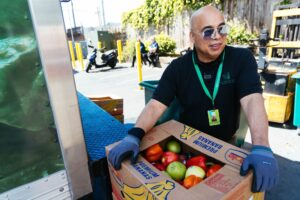 major factor in the worsening climate crisis. But what if, before it spoils, that food could make it onto the tables and into the stomachs of our neighbors across San Francisco and Marin?
major factor in the worsening climate crisis. But what if, before it spoils, that food could make it onto the tables and into the stomachs of our neighbors across San Francisco and Marin?
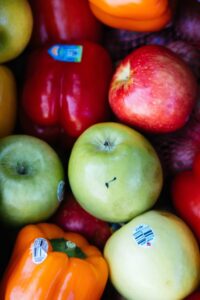 whole grains and proteins.
whole grains and proteins. 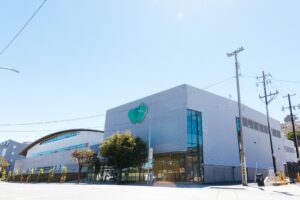 more people, and save more energy. Now, we’re building on that momentum by installing solar panels at our San Rafael warehouse!
more people, and save more energy. Now, we’re building on that momentum by installing solar panels at our San Rafael warehouse!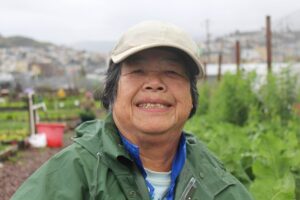 Ms. Chang finished loading up her cart with groceries and beckoned us over to view her most recent crop: a bountiful patch of cauliflower! Each plant boasted a still-growing cauliflower head, already larger than an outstretched hand.
Ms. Chang finished loading up her cart with groceries and beckoned us over to view her most recent crop: a bountiful patch of cauliflower! Each plant boasted a still-growing cauliflower head, already larger than an outstretched hand. 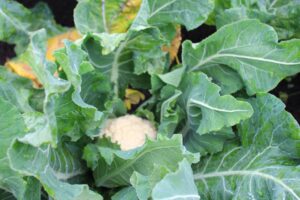

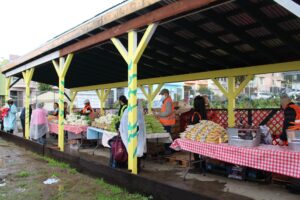 to close because of pandemic precautions, the pantry reopened with the support of the Food Bank back in February of 2023.
to close because of pandemic precautions, the pantry reopened with the support of the Food Bank back in February of 2023.  across San Francisco and Marin who are facing similar difficulties. On the Saturday we visited, volunteers laid out items like rice, bok choy, beets, carrots and celery farmer’s market-style, so each participant could take or decline items as they wished.
across San Francisco and Marin who are facing similar difficulties. On the Saturday we visited, volunteers laid out items like rice, bok choy, beets, carrots and celery farmer’s market-style, so each participant could take or decline items as they wished. Upon immigrating to San Francisco from Guangzhou, China in the 80s, Ms. Chang worked as a sewist in San Francisco Chinatown’s garment factories
Upon immigrating to San Francisco from Guangzhou, China in the 80s, Ms. Chang worked as a sewist in San Francisco Chinatown’s garment factories farm, and my family enjoys coming to these events. We throw parties, sing, dance, everything. Y
farm, and my family enjoys coming to these events. We throw parties, sing, dance, everything. Y Volunteering with the Food Bank in May 2020 was really a no-brainer for Mitchell. As a retired government worker for various public health agencies, he already had a deep knowledge of epidemics and health outbreaks. Combined with the driving force of his faith, Mitchell knew he wanted to help his community out during a difficult and pivotal time.
Volunteering with the Food Bank in May 2020 was really a no-brainer for Mitchell. As a retired government worker for various public health agencies, he already had a deep knowledge of epidemics and health outbreaks. Combined with the driving force of his faith, Mitchell knew he wanted to help his community out during a difficult and pivotal time.
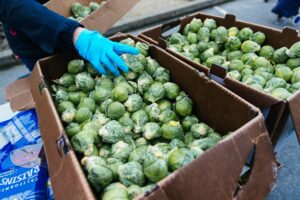 a pallet and put it on the table. And I will be 80 years old in July!”
a pallet and put it on the table. And I will be 80 years old in July!” way to ensure we can continue meeting the immediate needs of our neighbors while strategically planning for more long-term, holistic solutions in the future. Thank you, Mitchell, for your dedication to ending hunger in San Francisco and Marin! We can’t do this work without supporters like you.
way to ensure we can continue meeting the immediate needs of our neighbors while strategically planning for more long-term, holistic solutions in the future. Thank you, Mitchell, for your dedication to ending hunger in San Francisco and Marin! We can’t do this work without supporters like you.
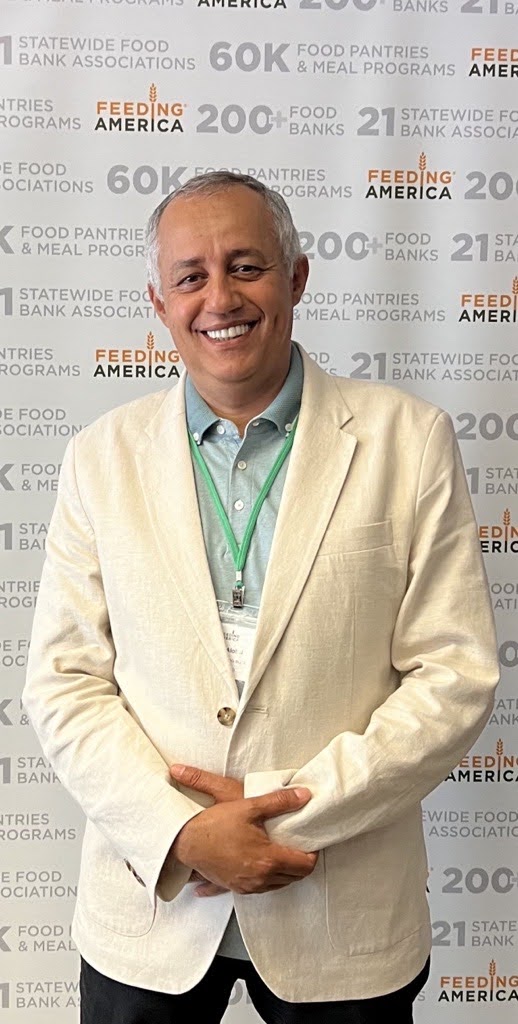

 Food Bank (FB): Before we dig into the Elevating Voices: Power Summit, let’s hear a little more about your work in the Tenderloin.
Food Bank (FB): Before we dig into the Elevating Voices: Power Summit, let’s hear a little more about your work in the Tenderloin.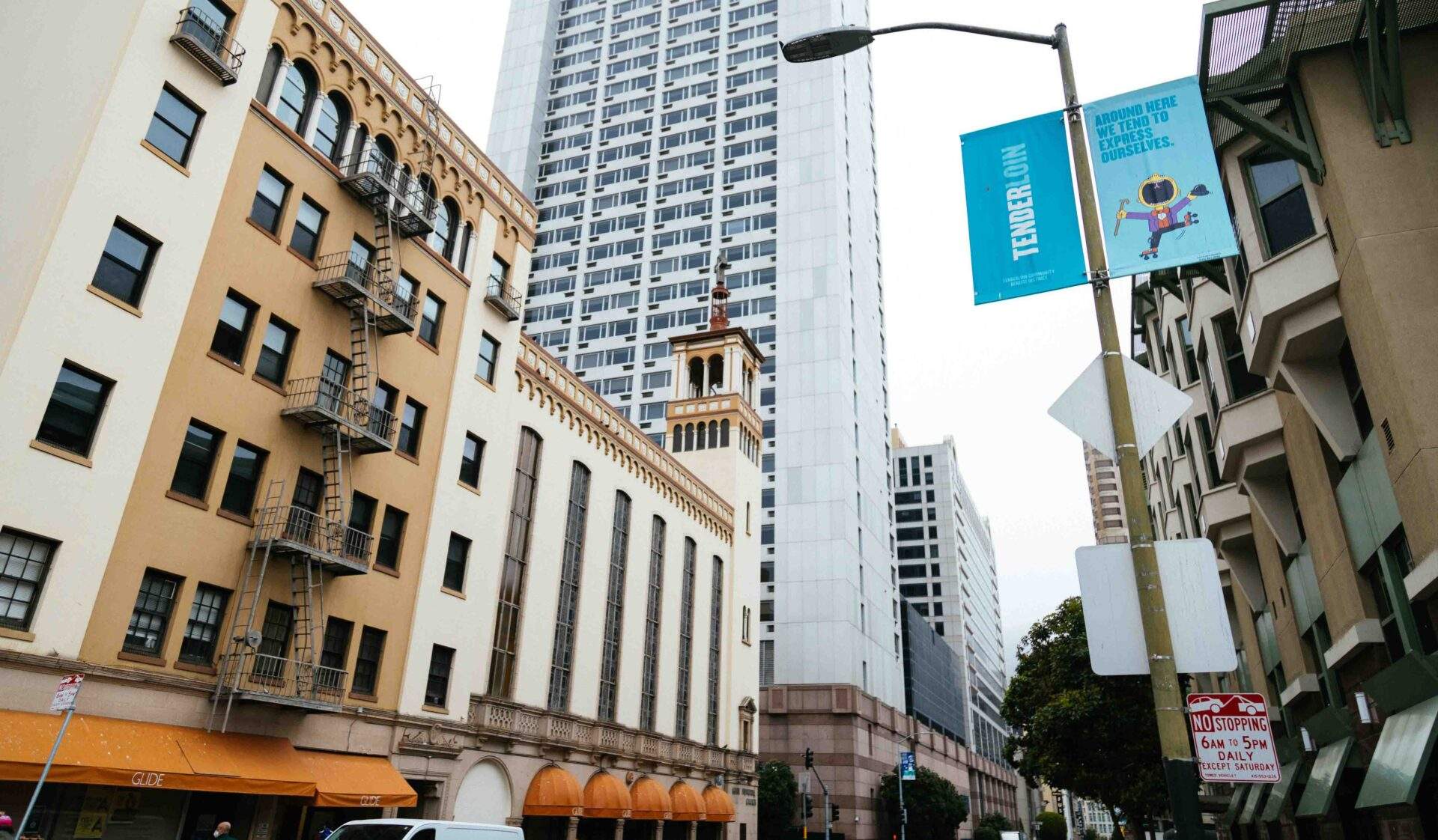


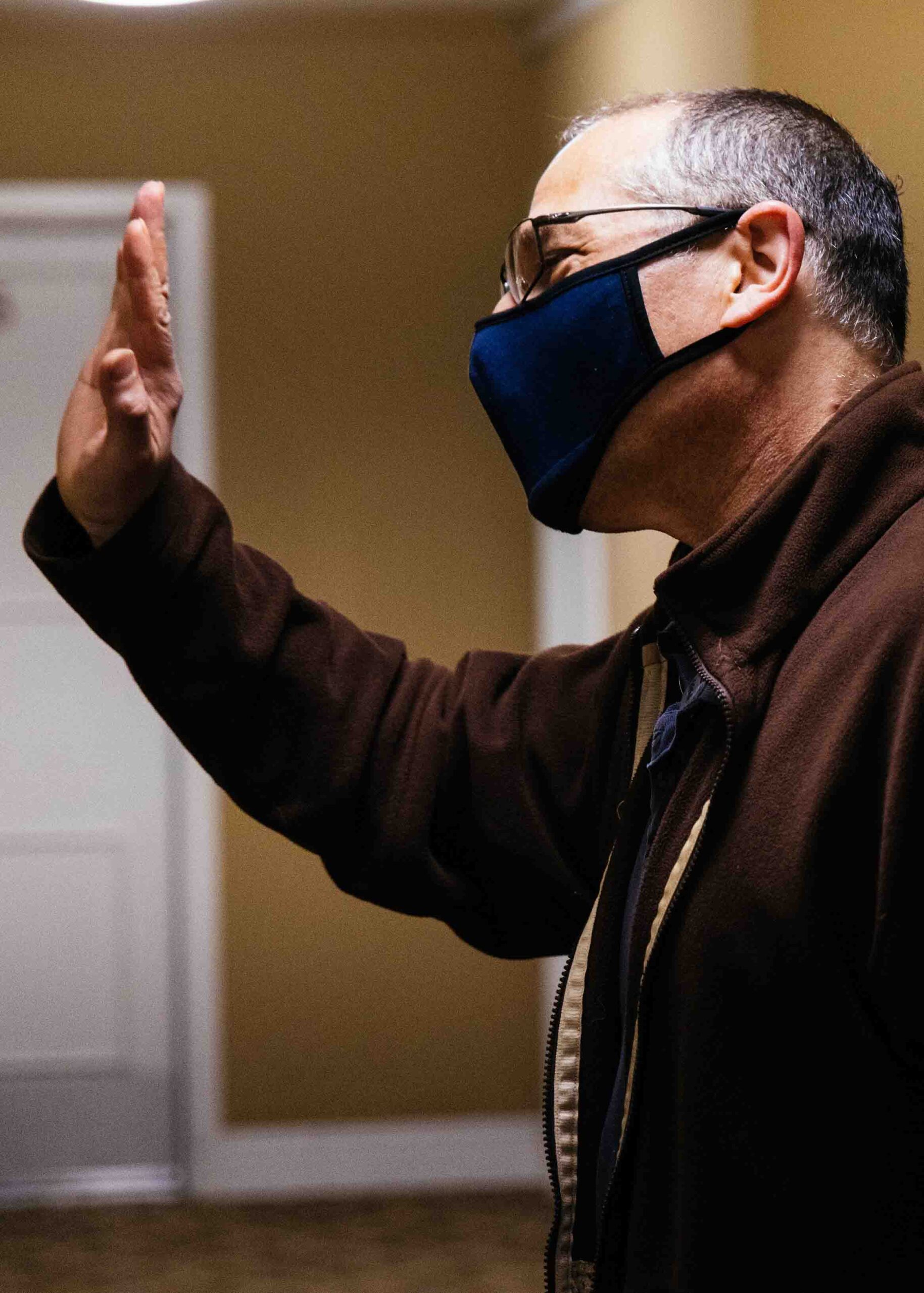

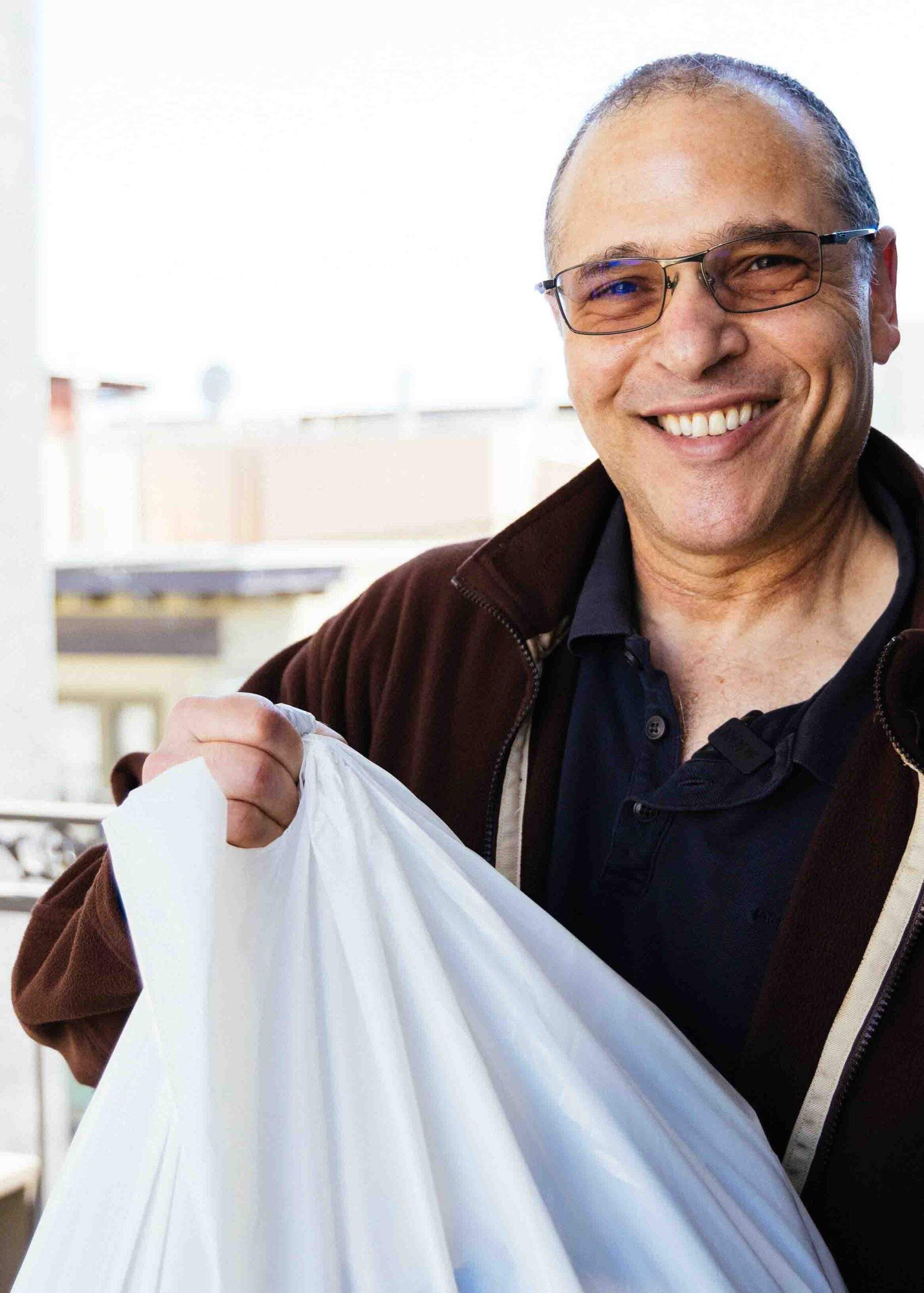


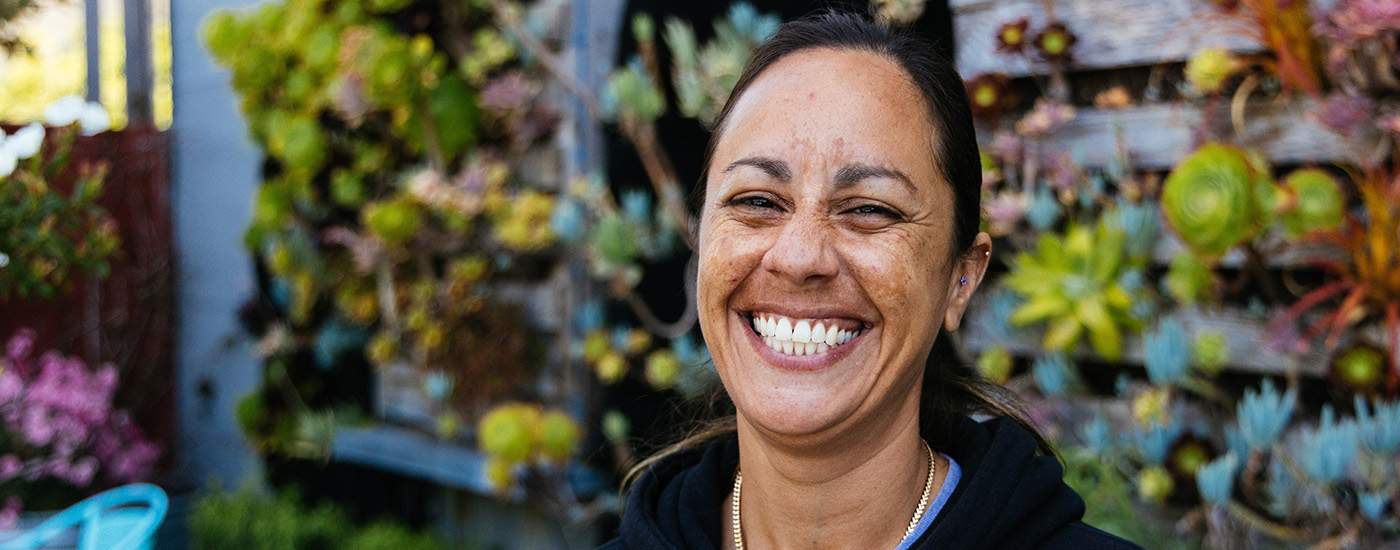
Share